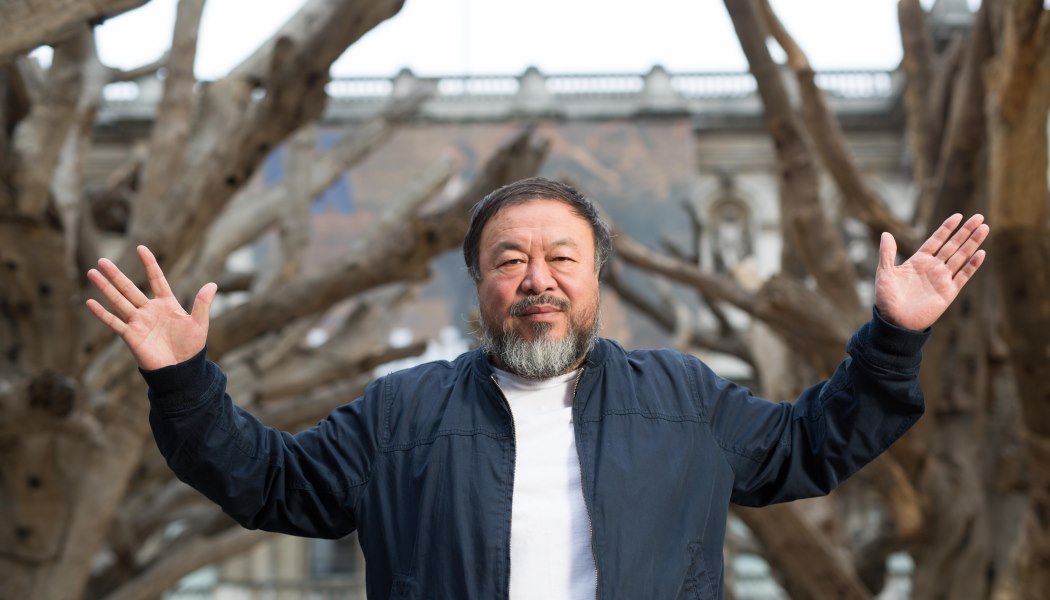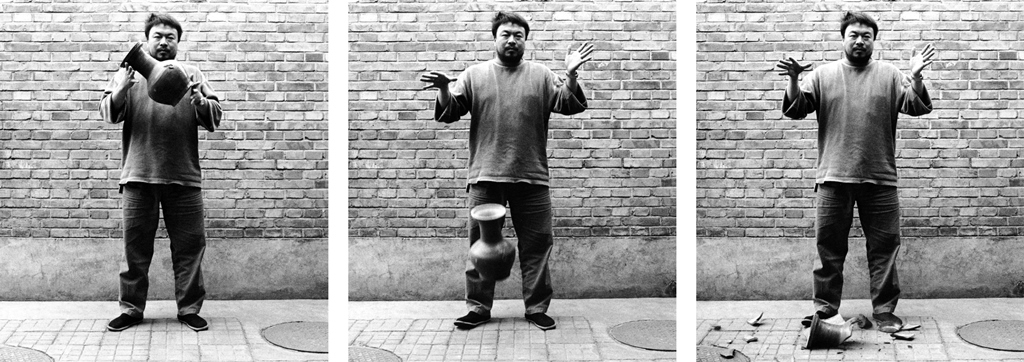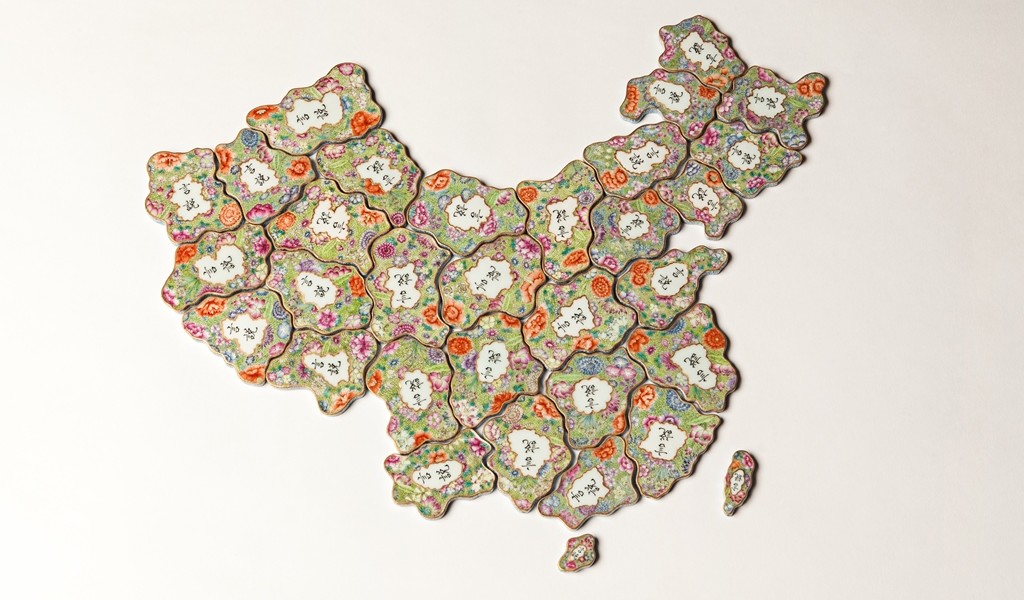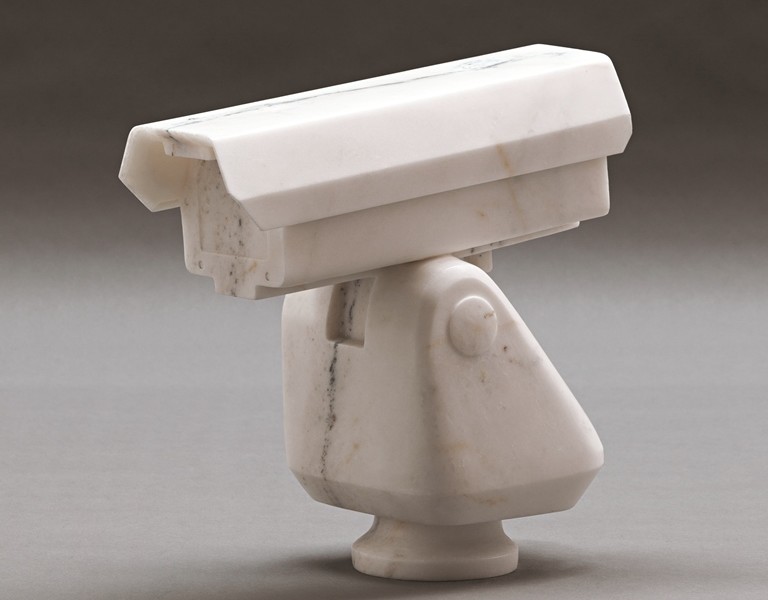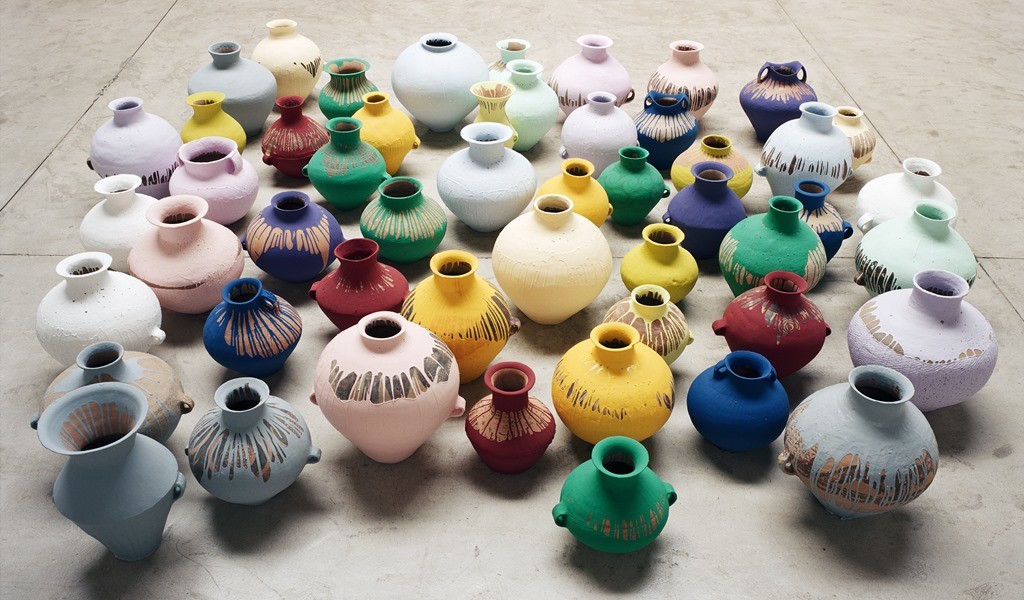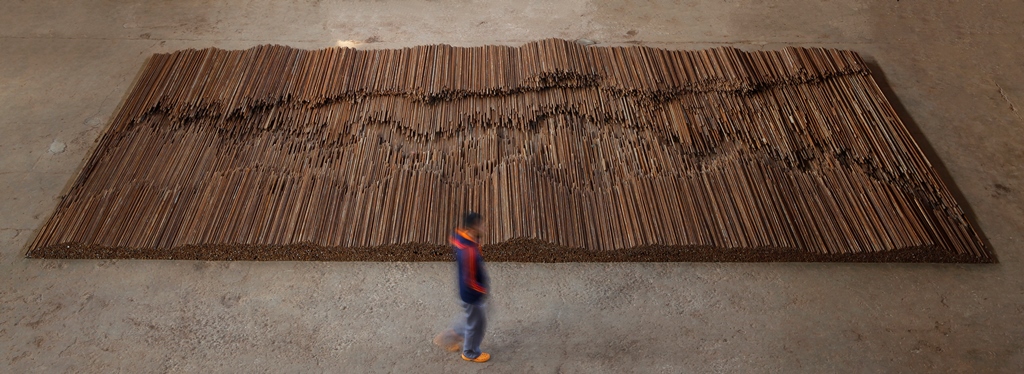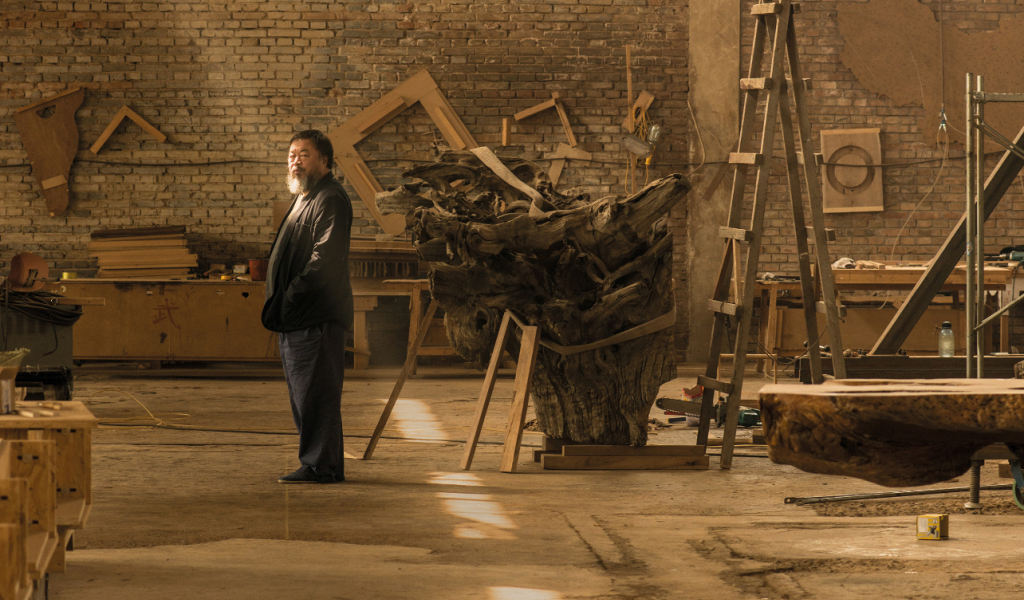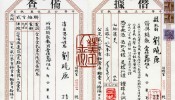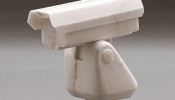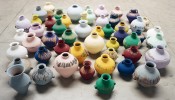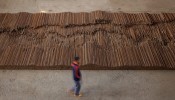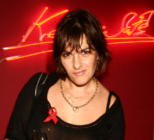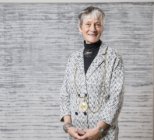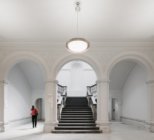When was the idea for an Ai Weiwei exhibition conceived?
The exhibition was conceived a year ago as part of an on-going exploration of the work of Royal Academicians and Honorary Royal Academicians that have, in recent years, included Georg Baselitz, Anish Kapoor, David Hockney and Anselm Kiefer.
What was the inspiration for this exhibition and what are its aims?
Given that there has never been a major institutional survey exhibition of Ai Weiwei’s work in London the main aim was redress this imbalance as well as to provide our audience the opportunity to explore the work of this important contemporary Chinese artist in depth.
What will the legacy be of this exhibition for the RA and the artist?
The exhibition will be an important milestone in the exhibition history and available literature on Ai Weiwei, bringing a broad survey of the work of this important artist into the public realm for the first time in London. As we have seen in the past there is a real appetite among the public for exhibitions of leading contemporary artists.
What works of art will be exhibited and will new commissions be on show?
The exhibition will examine the last twenty years work (since 1993) and include new pieces specially conceived for the galleries and outdoor space of the RA.
Have all the artworks to be displayed been transported from China or have some of them been loaned from galleries across the world?
Works in the exhibition will come from international public and private collections. Many of the works, including new works Ai Weiwei will be exhibiting for the first time, have also been transported from China. Others have come from the UK, USA, Hong Kong and Germany.
What have been the challenges in putting on this exhibition including those arising with your team in the UK and the artist in China?
Until the recent relaxation on Ai Weiwei’s travel, the biggest challenge has been spending time with the artist in Beijing. This has meant planning travel to China as well as an on-going correspondence with the studio team in Beijing. There have also been a number of logistical challenges in terms of physically bringing the works to London and installing them in the galleries at the RA.
How many visits to Ai’s Beijing studio have you and RA’s Artistic Director Tim Marlow made and what has been your impressions of the artist and the way he works?
We have been over at least six times between us. He is very eloquent and engaging. He works with a very committed team, many of whom have been with him for many years, and who are very responsive to the considerable challenges he sets them. He is very generous with his time, especially given the numerous demands on it, has a great sense of humour and is very open. His ability to work from architectural plans and to envisage which works would look best in which spaces without ever having set foot in them is astonishing, almost instinctive.
Out of all the blockbuster exhibitions RA has organised before, how will Ai Weiwei’s show shape up and what will be special or unique about it?
Our aim is make sure that every exhibition looks and feels different, working to the reveal the strengths of the artist in our magnificent galleries. Each exhibition presents different challenges especially in terms of securing the loans and installing them at the RA. What will be special about this is that we will be encouraging our visitors to take photos of the works and engage with social media to share their experiences, an approach favoured by the artist.
How many people have been working on the ground at the RA to put the exhibition together?
There is a small curatorial and exhibition management team that are working closely with numerous colleagues across the academy to put the exhibition together.
How would you describe the style of this exhibition and what skills as a curator have you used to design and interpret the artwork?
The exhibition is going to be very open with introductory text in each gallery. The look will be minimal, allowing the work to ‘do the talking’. A specially conceived gallery guide and audio tour will be provided to every visitor to enhance their experience and deepen their understanding of the artist and his work as well as reveal the thoughts of the curators. The design was conceived in conjunction with the artist and his studio as was the content of the exhibition.
What has been the budget for this exhibition and how has it been funded?
The British jewellery brand David Morris and Lisson Gallery are supporting the exhibition. The value of individual sponsorship partnerships are confidential. The RA also ran a crowdfunding campaign, supported by Kickstarter to raise £100,000 in order to bring Ai Weiwei’s monumental sculpture Tree, to the Royal Academy’s courtyard. This was the most successful European arts project ever funded by Kickstarter, raising £123,577, supported by over 1,300 backers.
What targets have you set for visitor figures and revenue?
The RA does not disclose targets for figures and revenue.
Ai Weiwei opens tomorrow at the Royal Academy of Arts and runs until 13 December 2015
Ai Weiwei - a short biography
1957
Born in Beijing, the son of the celebrated poet Ai Qing, regarded as one of the finest modern Chinese poets
1979
Co-founds Stars group an avant-garde collective after studying at Beijing Film Academy. The group faced harsh official criticism and in 1983, due to political pressure, they disbanded with many of the members leaving China
1983
Moves to New York City and documents his life in exile in thousands of photographs. Many depict his circle of friends who are now respected figures in China, including the composer Tan Dun, the conductor Hu Yongyan, and the filmmaker Chen Kaige. He also meets and becomes friends with Allen Ginsberg
1993
Returns to Beijing making work that openly criticises the Chinese government. In one particular performance piece he causes controversy when he photographs himself smashing a Han Dynasty Urn (pictured in main article gallery)
2005
Starts blogging for Seina Weibo a Chinese micro-blogging site, similar to Twitter and uses it as a platform to criticise corrupt government officials in the building of badly constructed schools in Sichuan. These schools collapsed during the 2008 earthquake killing hundreds of children
2008
Co-designs the Bird’s Nest Stadium but says he regrets doing so and publically criticises Beijing’s Olympic Games
2010
His show Sunflower Seeds at Tate Modern sees 100 million porcelain seeds individually sculpted and painted by specialists working in small-scale workshops in the Chinese city of Jingdezhen fill the Turbine Hall.
2011
Detained without charge in China for 81 days, during a crackdown there on political activists, and government confiscated his passport. One of his alleged crimes was to create an artwork composed of 9,000 children’s backpacks, as a commentary on the multiple school building collapses during the 2008 Sichuan earthquake, which killed thousands of pupils
2015
Passport returned in July, after which he travelled to German, and Britain, despite UK border authorities initially refusing him a visa. He now has a 20 day visa, despite requesting a six month stay
Main image
Ai Weiwei presenting his installation Tree in the courtyard at the Royal Academy of Arts, 2015.
Photo courtesy of Royal Academy of Arts, London. Photography © Dave Parry.

